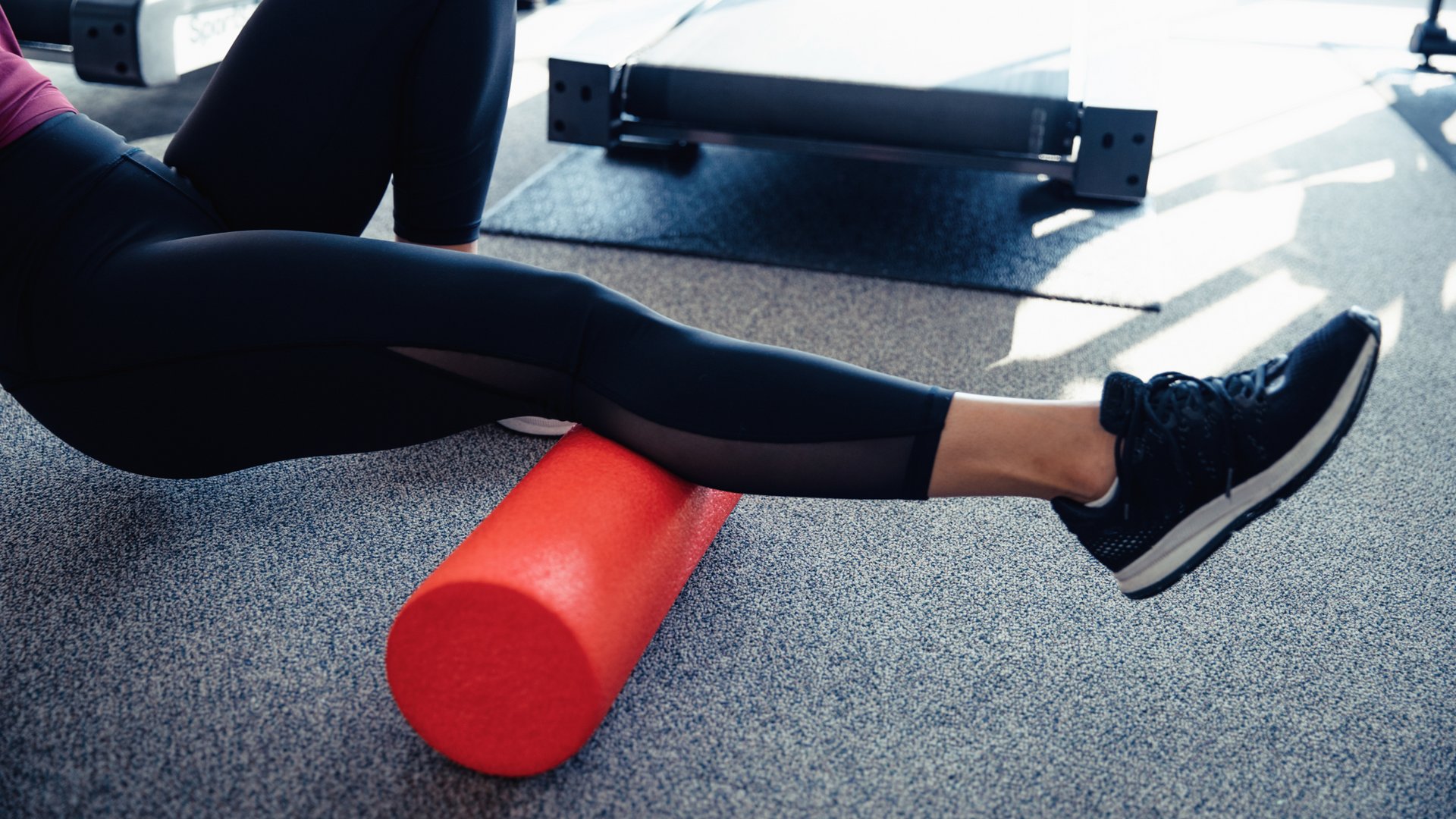Creating Your First Workout Plan: A Step-by-Step Guide
4 simple tips to create your first workout plan:
- Set Clear Fitness Goals: Define what you want to achieve with your workout plan. Whether it's losing weight, gaining muscle, improving endurance, or just staying active, having specific, measurable, achievable, relevant, and time-bound (SMART) goals will guide your workout choices and keep you motivated.
- Incorporate a Variety of Exercises: To ensure a balanced fitness routine, include cardiovascular exercises (like running or swimming), strength training (such as weightlifting or bodyweight exercises), and flexibility and mobility workouts (like yoga or stretching). This diversity not only prevents boredom but also enhances overall fitness by addressing different aspects of physical health.
- Plan Your Workout Schedule Wisely: Create a realistic workout schedule that fits into your lifestyle and includes rest days. Start with manageable sessions and gradually increase the duration and intensity. Balancing workout days with adequate rest is crucial for recovery and long-term success.
- Listen to Your Body and Adjust as Needed: Keep track of your progress and how you feel. If certain exercises don't suit you or if you're not seeing the expected results, don't hesitate to adjust your plan. Flexibility in your approach allows you to find what works best for you and keeps you on track towards achieving your fitness goals.
Embarking on a fitness journey is a decision that can lead to significant improvements in both physical and mental health. Crafting a personalized workout plan is a crucial step towards achieving your fitness goals. Whether you're looking to lose weight, build muscle, enhance endurance, or simply improve your overall health, a well-structured workout plan can be your roadmap to success.
In this guide, we will walk you through the steps to create your first workout plan, highlighting the importance of goal setting, understanding different types of exercises, and incorporating nutrition and hydration strategies. By the end, you'll have the tools and knowledge to embark on your fitness journey confidently.
Setting Your Fitness Goals
Before diving into the specifics of your workout plan, it's essential to define what you want to achieve. Start by identifying your primary fitness objectives. Are you aiming to lose weight, gain muscle, increase endurance, or simply maintain a healthy lifestyle? Once you've pinpointed your goals, it's time to make them SMART: Specific, Measurable, Achievable, Relevant, and Time-bound.
For example, instead of vaguely aiming to "get fit," set a goal to "lose 10 pounds in 3 months" or "run a 5K without stopping in 6 months." Setting clear, realistic goals will not only guide your workout planning but also help you stay motivated and track your progress. Remember, fitness is a personal journey, and your goals should reflect what you genuinely want to achieve for yourself.
Understanding Different Types of Exercises
Understanding the different types of exercises is key to developing a comprehensive workout plan that addresses all aspects of physical fitness. By integrating a variety of exercises into your routine, you not only prevent boredom but also ensure you're working on cardiovascular health, strength, flexibility, and mobility. Here's a deeper dive into these exercise categories and how they contribute to a well-rounded fitness regimen.
Cardiovascular Exercises
Cardio, also known as aerobic exercises, plays a vital role in improving the efficiency of the cardiovascular system, which includes the heart, lungs, and blood vessels. Activities like running, cycling, swimming, and brisk walking increase heart rate, promoting heart health and endurance. They're also excellent for burning calories, which is crucial for weight management. Incorporating varied forms of cardio into your plan can keep the routine exciting and challenging, allowing you to work on different muscle groups and improve overall stamina.
Strength Training Exercises
Strength or resistance training is pivotal for building muscle mass and strength. This category includes exercises using free weights, weight machines, resistance bands, and bodyweight movements like push-ups, squats, and lunges. Strength training is beneficial beyond muscle aesthetics; it enhances metabolic rate, which helps in burning more calories even when at rest. Furthermore, it supports bone health by increasing bone density, improves posture, and facilitates daily activities by enhancing functional strength.
Flexibility and Mobility Exercises
Often overlooked, flexibility and mobility work is essential for a well-balanced fitness routine. Flexibility exercises, such as those found in yoga or Pilates, and static stretching routines help in lengthening the muscles and increasing the range of motion in the joints. Mobility drills, on the other hand, focus on the movement of joints through their full range, improving overall movement efficiency.
These exercises are crucial for preventing injuries, reducing muscle stiffness and soreness, and aiding in quicker recovery after workouts. Including flexibility and mobility exercises in your workout regimen can significantly enhance your performance in other exercise categories by improving movement patterns and reducing the risk of injury.
Nutrition and Hydration
Nutrition plays a pivotal role in achieving fitness goals. A balanced diet that complements your workout plan can significantly enhance your performance and results. Focus on consuming whole foods, including lean proteins, whole grains, healthy fats, and plenty of fruits and vegetables.
These nutrients support muscle recovery, provide energy, and help with weight management. Additionally, consider your caloric intake and adjust based on your fitness goals—whether you're aiming to lose weight, gain muscle, or maintain your current physique.
Hydration is equally crucial. Water supports every metabolic function and nutrient transfer in the body and is essential for overall health. Adequate hydration improves exercise performance, reduces the risk of cramps and injuries, and aids in recovery. Aim to drink at least 8-10 glasses of water a day, more if you're engaging in intense workouts or if the weather is hot.
Monitoring Progress and Making Adjustments
Keeping a workout log can be incredibly beneficial in tracking your progress. Note down details such as the type of exercise, duration, intensity, and how you felt during and after each session. This record not only motivates you by showing how far you've come but also helps in identifying patterns or plateaus in your fitness journey, allowing for necessary adjustments to your plan.
Be flexible with your workout plan. If you find certain exercises too challenging or notice they're not helping you progress towards your goals, it's okay to replace them with others that might be more effective. Regularly assess your progress every few weeks and adjust your goals and workout plan accordingly. Fitness is a dynamic process; what works well one month may need tweaking the next.
Safety Tips and Injury Prevention
To ensure a safe workout experience, always start with a warm-up to prepare your muscles and cardiovascular system for exercise. Incorporating dynamic stretches or light cardio can reduce the risk of injuries. Similarly, conclude your workout with a cool-down period and static stretching to help your body recover and reduce muscle soreness.
Listening to your body is paramount. If you experience pain or discomfort beyond normal muscle fatigue, take a break or consult a professional. It's better to rest and recover than to push through pain and risk an injury that could sideline you for weeks or months.
Starting your fitness journey with a well-planned workout routine is the first step towards a healthier, more active lifestyle. Remember, consistency is key. Stay motivated, be patient with your progress, and adjust as needed. Your body and mind will thank you for the investment in your health.
This comprehensive guide provides the foundational steps to create your first workout plan, emphasizing the importance of setting realistic goals, understanding different exercise types, and ensuring safety. With dedication and persistence, you'll make significant strides towards achieving your fitness objectives!













